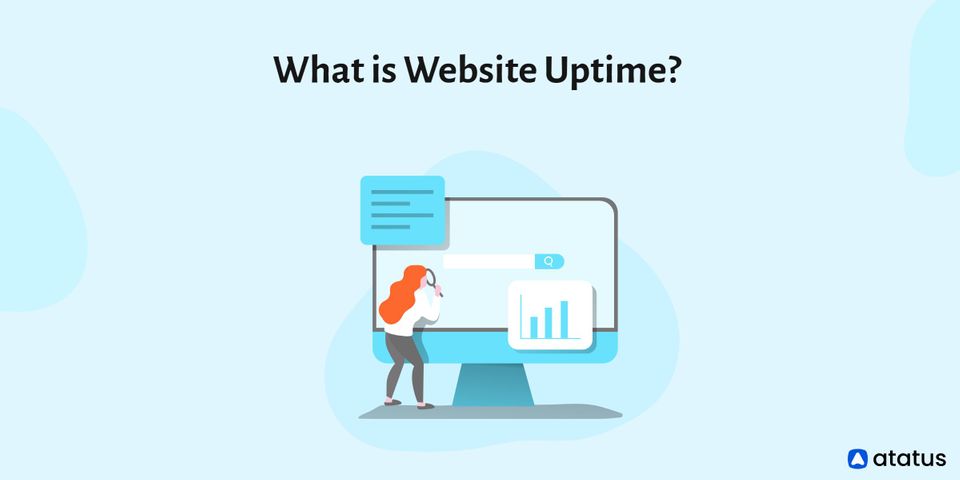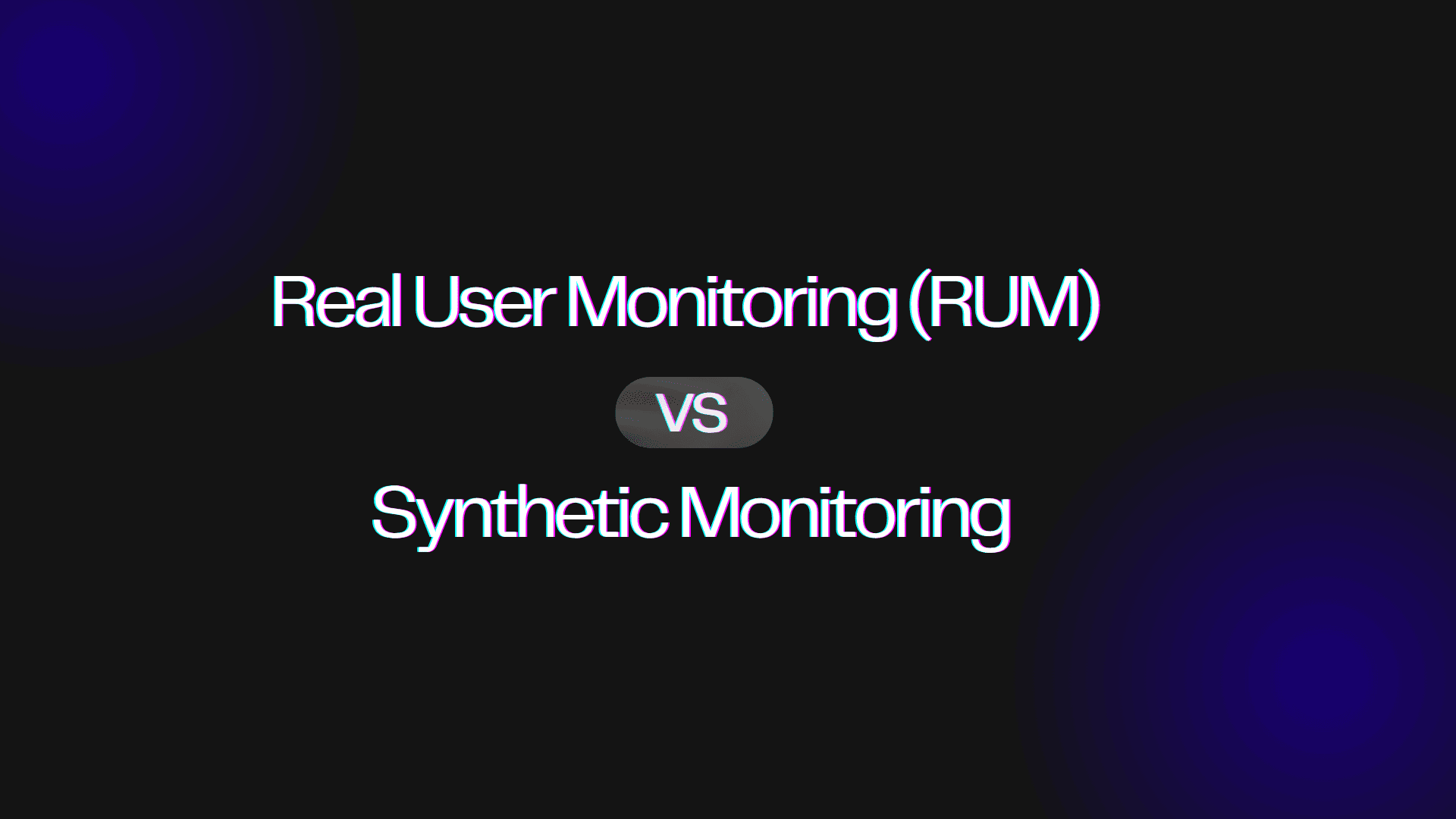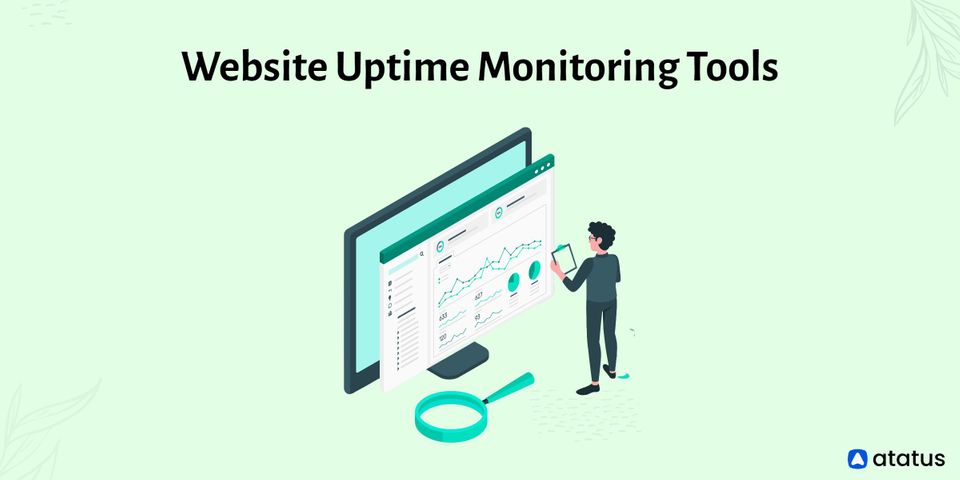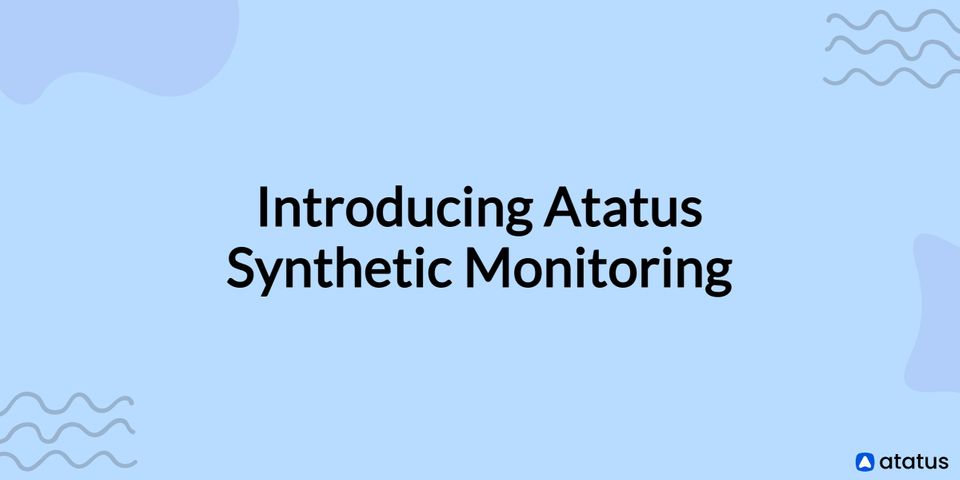What is Website Uptime? Why is Website Uptime Monitoring Important?
Website uptime is one of the most crucial metrics to monitor, particularly if your website is essential for generating revenue. If no one can access a website, all the work and effort you put into getting a website up and running can be gone. With website uptime monitoring, you can keep track of when and how long your website is unavailable.
Website uptime monitoring is a crucial component of website management. You must keep an eye on the accessibility of your website at any given time, often known as its uptime.
It is important since numerous factors can cause a website to go offline. There could be several causes, including server crashes, poorly functioning web hosting servers, etc.
We will go over the following:
- What is Uptime?
- What is Website Uptime?
- Why is Website Uptime Monitoring Important?
- How to Calculate Uptime Percentage?
- What Should be Monitored to Increase Website Uptime?
- Website Uptime Monitoring Strategy
- Why is Website Uptime Monitoring Important to Businesses?
What is Uptime?
Uptime refers to the number of hours a website or online service is operational and accessible to users. The industry standard for uptime is typically expressed as a percentage, with 99.9 percent generally regarded as the minimum that all websites should strive for.
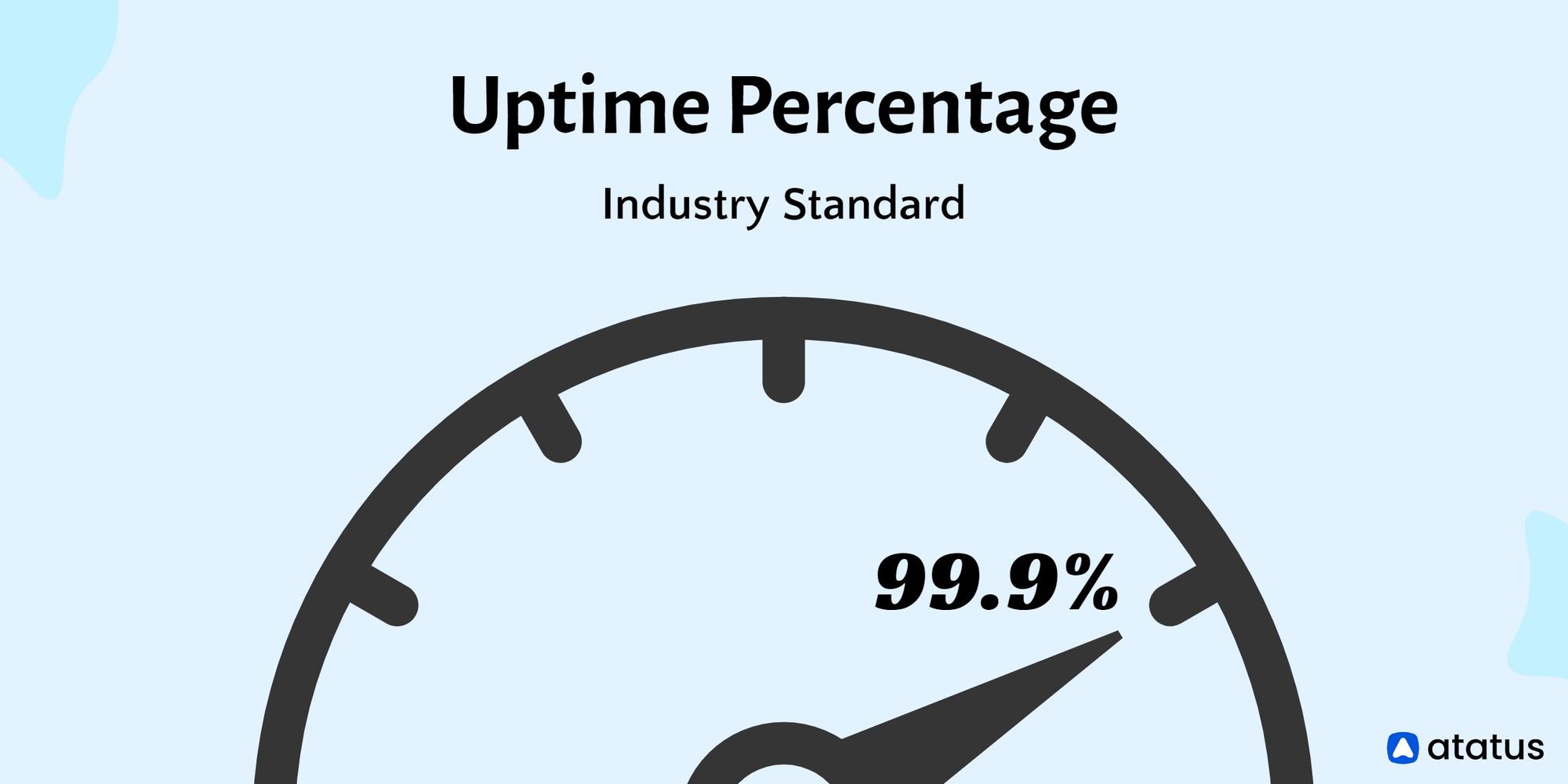
The uptime of a system is a great indicator of how well a web hosting company maintains its services. Any website you host with a hosting company should stay online if they have a high uptime percentage, which indicates that their servers remain operational.
Uptime of web pages is crucial since they cannot retain clients if they are down.

When choosing your next piece of software, whether it's an application like an email marketing tool or a hosting provider for your website, uptime is an important factor to take into account. Uptime is a key measure of dependability and reliability.
What is Website Uptime?
The percentage of time that your website is online and accessible to users is known as website uptime. You essentially lose business when your website is "down" since clients can't access it.
Most internet users will look elsewhere for services when they get a 404 problem, often known as a Page Not Found error, even if that means going to your competitors.
Monitoring a website or application's uptime on a regular basis is known as website uptime monitoring.
Website uptime, often known as uptime, is a performance monitoring metric that calculates how long a website is "up," "live," or "available"—basically, how long it is operational and reachable by users.
Website availability and uptime are frequently used interchangeably. Uptime, however, differs from website accessibility. Availability is the percentage of time that a system is operational, whereas uptime is the total amount of time a system is operating.
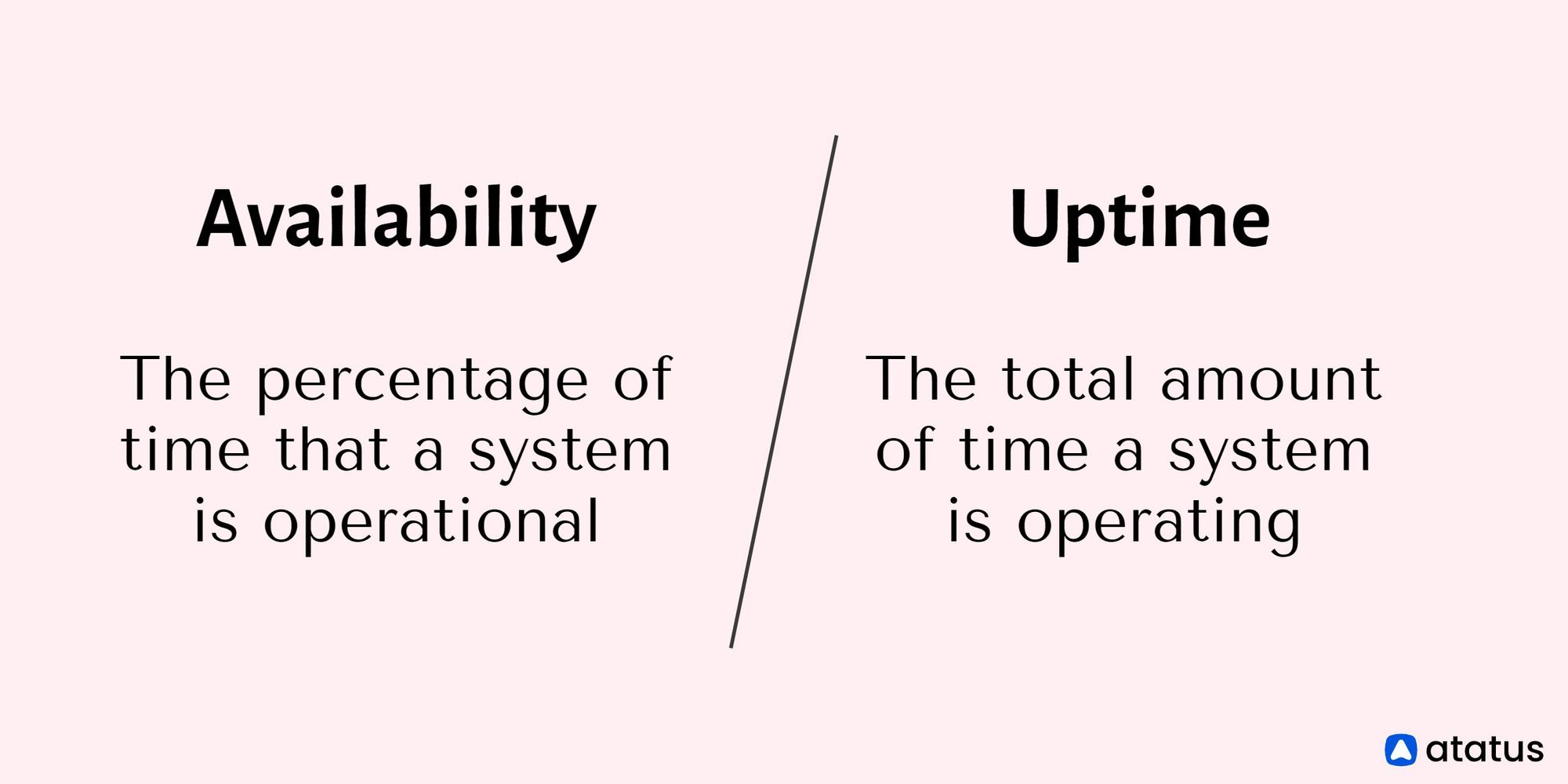
When a website is down, it means there is an outage or other problem preventing clients from accessing the website, application, or online store of a company. As a result, it is a crucial business metric. It immediately affects the output and revenue of a company.
Why is Website Uptime Monitoring Important?
Monitoring your website's uptime is essential because it informs you of the accessibility of your website. If it's unavailable, there's a risk that the connection to your website hosting provider is having trouble, that the DNS settings are incorrect, that recent cyberattacks have affected your environment or a combination of these things.
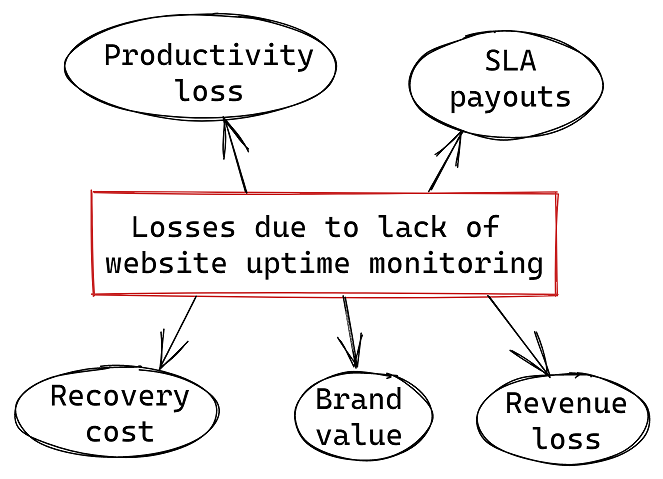
Once you have access to your website uptime monitoring, you can instantly take corrective action to increase the website's accessibility. The majority of the time, website uptime monitoring will send you an email or SMS to notify you of any downtime and its duration.
Making ensuring that website uptime monitoring provides immediate notifications is crucial so that you can fix your web server as soon as a problem arises and prevent further damage.
Additionally, you want to consider website uptime monitoring, which notifies you when there is downtime from a certain place.
If the majority of your visitors come from New York, you might be curious as to whether or not they can access your website at lunch. Make sure that every notice includes advice on how to fix the issue, particularly if it occurs frequently.
Therefore, uptime is a calculation that is susceptible to some interpretation. However, uptime is crucial in practice.
Maintaining a high uptime ratio not only gives your website's visitors important trust signals, but also results in a longer time spent on the internet, which increases your chances of getting more traffic, sales, and page views.
How to Calculate Uptime Percentage?
The simplest way to calculate a system's uptime is to subtract the entire duration from the downtime, but the majority of monitoring systems present this data as a percentage.
The basic ratio of uptime divided by the total time is the formula for calculating uptime percentage.
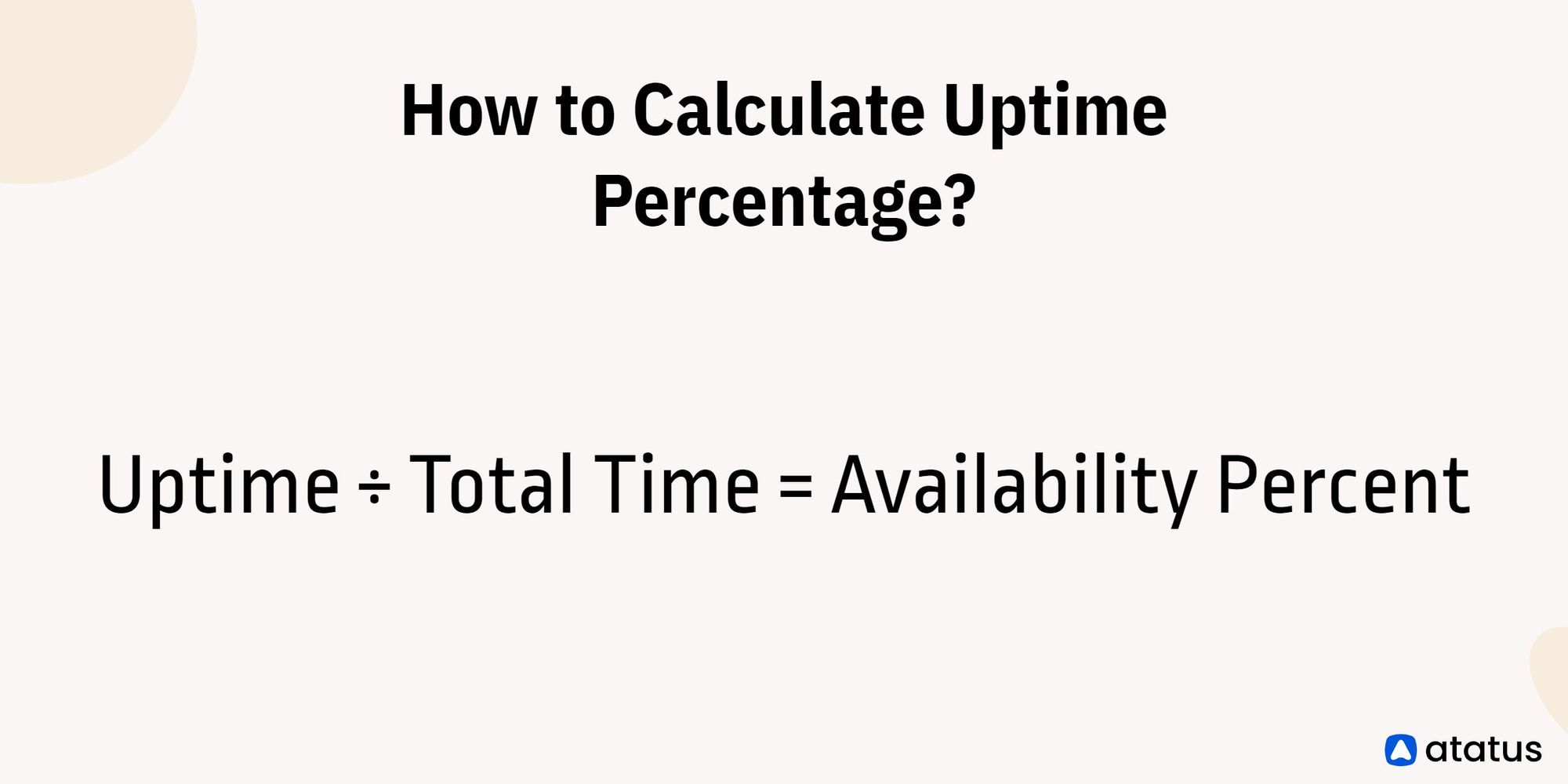
According to the formula above, a 99.999 percent uptime only permits 5.25 minutes of outage annually.
Many service providers regard an availability of 99.99 (52 minutes and 36 seconds of downtime per year) or 99.98 (1 hour, 10 minutes, and 7 seconds of downtime per year) to be a satisfactory uptime ratio, unless the website or service is mission critical, such as hospital systems.
This calculation just takes into account the system's actual availability; it ignores other aspects like performance and function.
What Should be Monitored to Increase Website Uptime?
A website needs to be more than just its home page to be active or up and running. The speed of websites and applications depends on the cloud as well as other complicated structures and components. Each element is equally important to uptime.
DNS
For computers and servers to interact with one another, a Domain Name System (DNS) converts a website URL, such as example.com, into a numeric address. DNS is the first step when information travels from one machine to another. It’s the moment the user types a domain into the browser.
To increase uptime, DNS monitoring should come first. Users cannot access any website or application without a working DNS. Imagine they need to physically go to this business, but they don't know how to get there, therefore they can only get as far as their driveway. It would be a dreadful situation.
CDN
Information is sent to a user's computer or phone through Content Delivery Networks (CDN). The closeness of a CDN to a user affects download speed because CDNs provide content.
Since CDNs stage content closer to end users, latency is decreased and performance is increased. The speed at which stuff is downloaded increases with proximity. To increase speed and performance, a multi-CDN strategy offers coverage across several geographies.
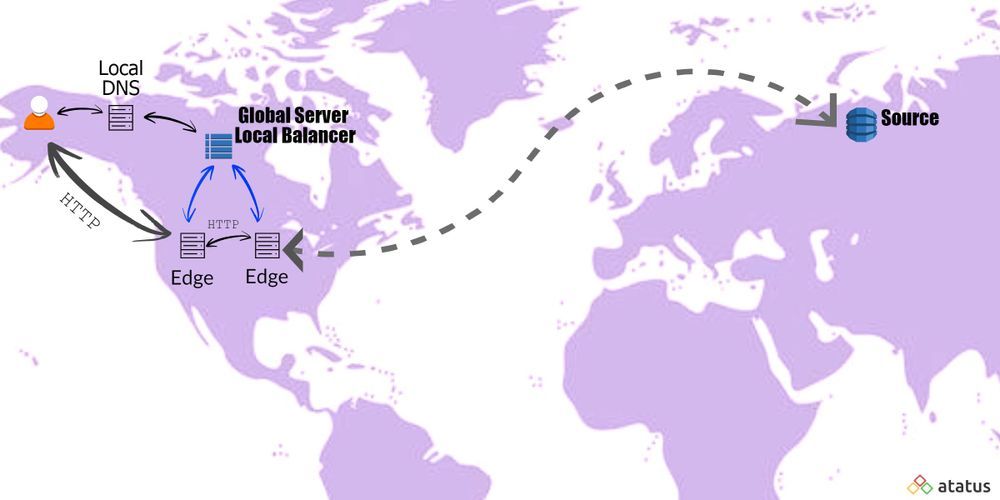
Although being close to users is crucial, having a failover in case of an outage is the main advantage of having multiple CDNs.
For uptime, CDN monitoring is essential. IT teams need to determine which location is suffering an outage with several CDNs installed in various locations.
When there is a store only 5 miles away, the user was given directions this time to a store that is 30 miles away. In most cases, the user would like to go to the store that is closest to them, but if the road is closed, they can travel farther to find what they need.
Servers
Every piece of data on a website is kept on servers. Website CDNs cannot deliver any data if multiple servers are offline. The website will probably crash as a result.
IT teams must keep an eye on their servers so they can switch to backups in the event of a failure. Once more, imagine a user physically traveling to a business location, but this time they're stuck in the parking lot rather than the driveway since the business's building has vanished.
Third Parties and Cloud Providers
The components of a website or application that aren't owned by the company are referred to as third parties. These suppliers might be a marketing platform that integrates with a website or application, an analytics tool, or any other software that isn't produced by the business.
Cloud-based third parties are typically hosted by SaaS (Software as a Service), PaaS (Platform as a Service), or IaaS (Infrastructure as a Service) providers.
Website Uptime Monitoring Strategy
A company can reduce consequences if it can identify problems early on or anticipate prospective problems. Monitoring uptime is crucial for enhancing user experience and making sure third parties adhere to SLAs.

Active monitoring, real user monitoring, and a plan for managing service level agreements are all essential components of a good uptime strategy.
#1 Active Monitoring
Agents or nodes used for active monitoring simulate user behavior during tests. These tests are carried out continuously to find outages, latency, and other critical metrics.
The tests run round-the-clock and assist businesses in anticipating potential hazards to user experience. IT teams can configure alerts to notify them when crucial thresholds are reached.
For example, if downtime lasts more than X seconds or if many users experience latency of more than 5 seconds.
#2 Real User Monitoring
Through the use of performance monitoring software, real users of a website or application provide data for real user monitoring (RUM). When a company notices that some users are having difficulty, real user monitoring enables them to anticipate uptime concerns early on.
#3 SLA Management
Companies that offer SaaS, PaaS, and IaaS have agreements in writing with their customers. These agreements referred to as service level agreements (SLAs), specify the performance standards the application must follow. The SaaS provider violates the terms of the contract if the claimed performance levels are not met. If there is a violation, the customer is penalized.
To make sure they're meeting their SLAs, especially the agreed-upon uptime percentage, businesses need to use both active and real user monitoring. Additionally, businesses should monitor their third-party applications to ensure that they adhere to their SLAs.
Why is Website Uptime Monitoring Important to Businesses?
Customers can't access a website if it isn't active. How significant that is to e-commerce business is clear. However, downtime also has a negative impact on the sales of other businesses.
- Ecommerce
When they are down, e-commerce stores are virtually "closed." Ecommerce companies must prioritize having as much uptime as possible. - Software-as-a-Service (SaaS)
SaaS businesses, for instance, require that their applications remain accessible. If not, they run the danger of not adhering to their service level agreements (SLAs). A company that violates a service level agreement is subject to penalties that might be worth hundreds of thousands of dollars. - Travel
These days, there are several sizable travel websites whose income streams directly depend on uptime. They depend not only on the availability of their website but also on the availability of the other websites from which they gather the greatest prices.
Conclusion
For SaaS providers as well as any organization with a web presence, website uptime is an essential component of a company's overall digital experience strategy. Service providers can achieve and surpass their uptime targets with advancements in technology and Synthetic Monitoring.
Before committing to a service or provider, end users do need to understand the definitions of what uptime entails. Users can check the availability of a service or provider they are considering using third-party website monitoring tools before making a purchase.
Hopefully, the article provided some insight into the functions of a website uptime monitoring service. Be sure to keep looking until you locate a solution that works for your website because there are numerous options accessible. Once your website is being watched, you won't ever have to worry about it again.
Monitor your website using Atatus Synthetic Monitoring
Atatus Synthetic Monitoring ensures uptime, identifies regional issues, tracks application performance, and manages SLAs and SLOs by monitoring your applications, API endpoints, and critical business flows via simulated user requests.
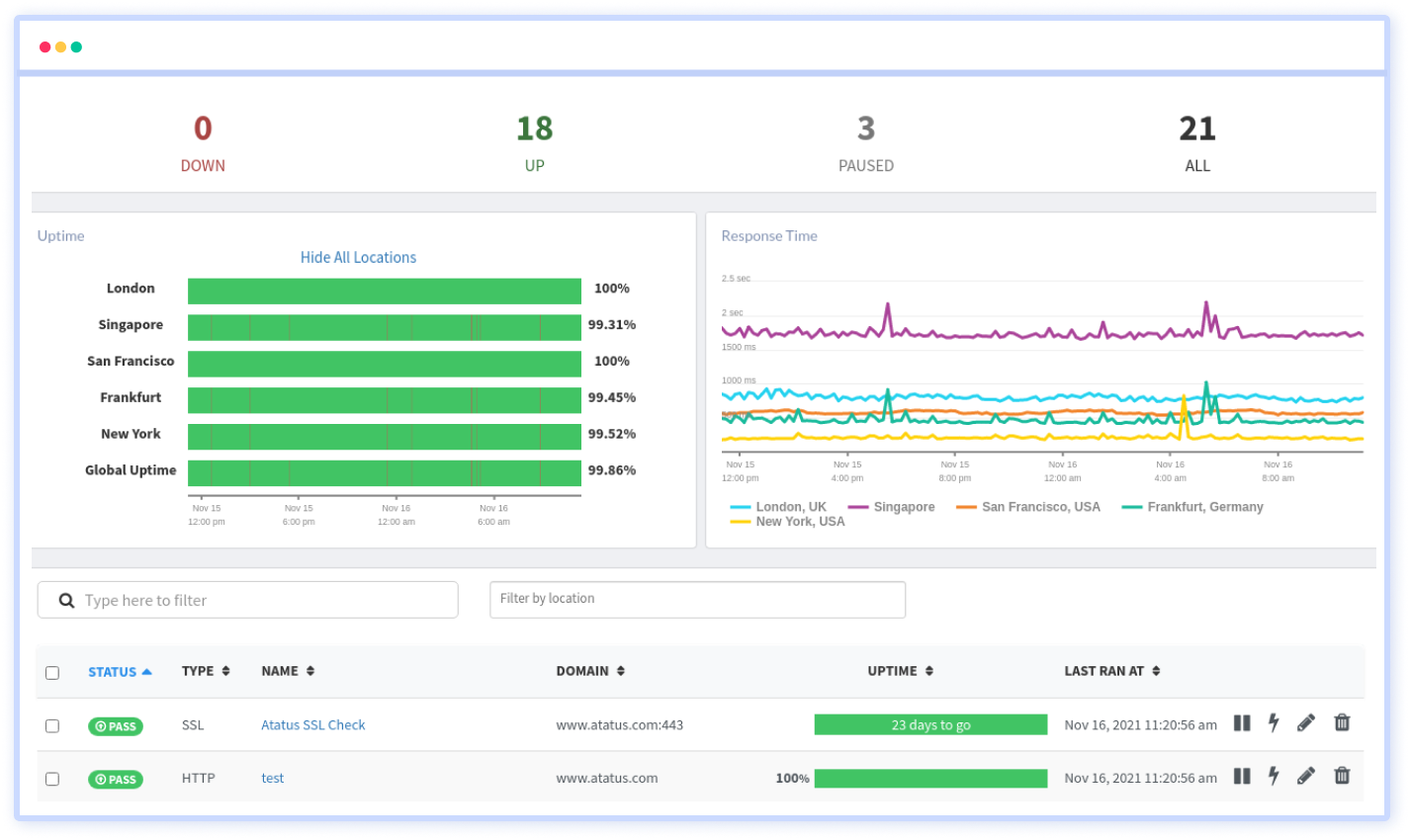
Atatus monitors the performance of your webpages and APIs in a regulated and steady manner, from the backend to the frontend, and at multiple network levels, warning you in the event of erroneous behavior such as regression, broken feature, high response time, unexpected status code, and so on.
#1 Solution for Logs, Traces & Metrics
APM
Kubernetes
Logs
Synthetics
RUM
Serverless
Security
More

